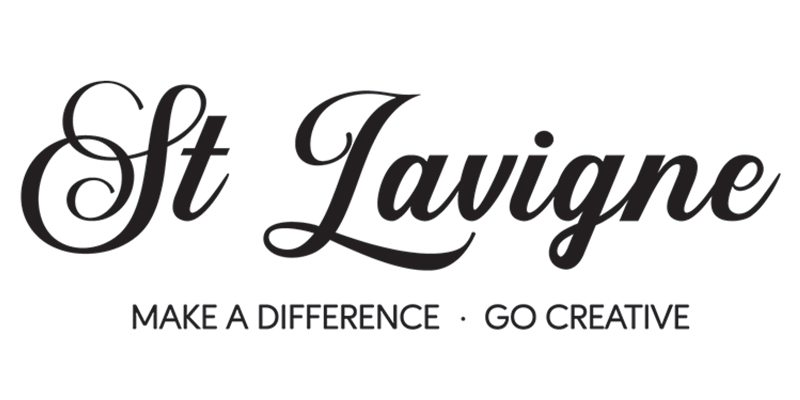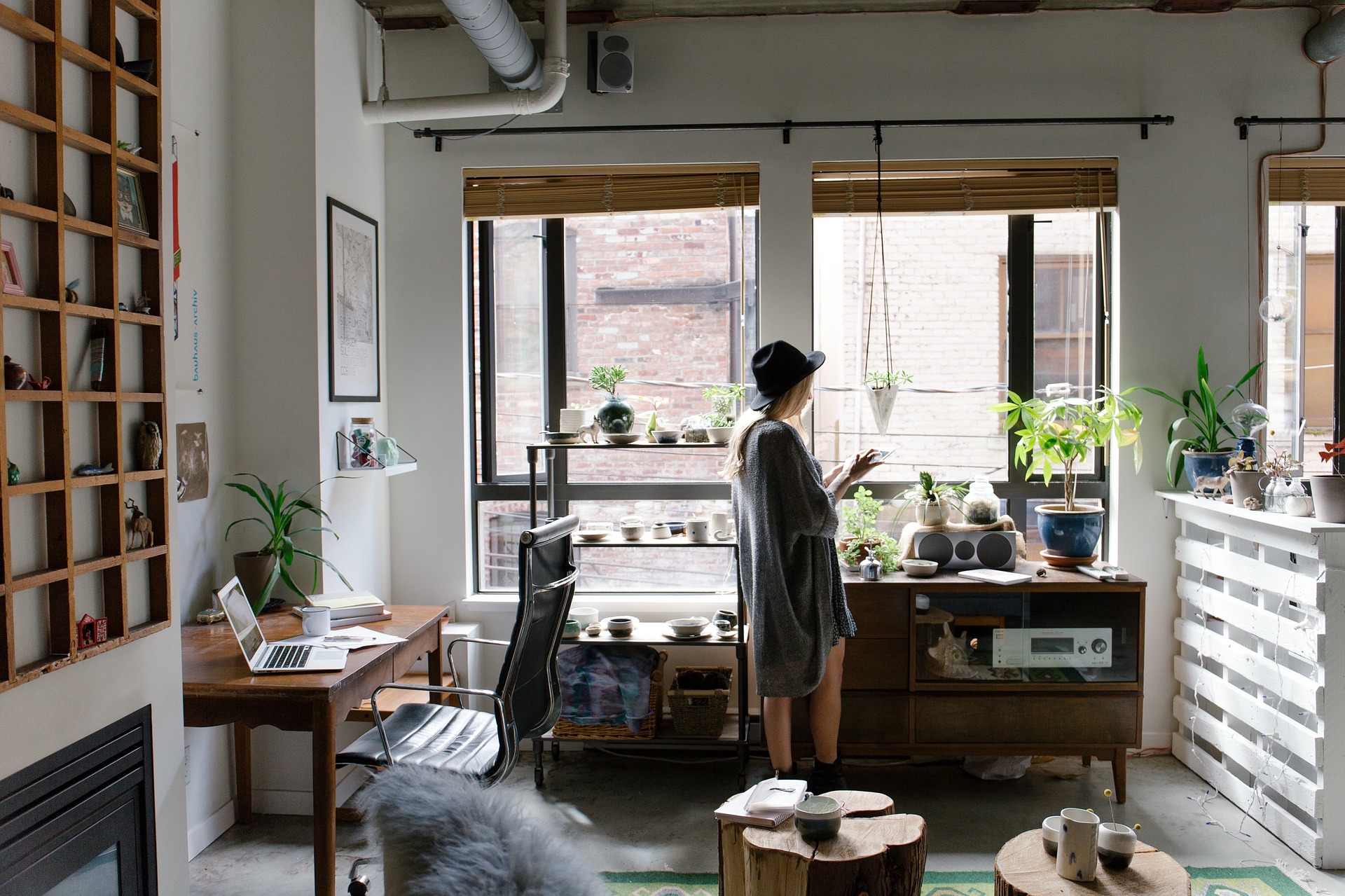[vc_row background_color=”rgb(249, 249, 249)” row_padding_top=”0″ row_section_id_description=”” row_padding_bottom=”0″ row_type_width_description=”” row_padding_right=”0″ row_padding_left=”0″ row_margin_top=”0″ row_margin_bottom=”0″][vc_column][md_text md_text_desc_line_height=”28″ md_text_title_bottom_space=”0″ md_text_title_separator=”no” md_text_title1=”pixflow_base64IA==” md_text_title_description=”” md_text_title_description2=”” md_text_content_size=”15″ md_text_content_color=”rgb(70, 70, 70)” md_text_desc_google_fonts=”font_family:Open%20Sans%3A300%2C300italic%2Cregular%2Citalic%2C600%2C600italic%2C700%2C700italic%2C800%2C800italic|font_style:400%20regular%3A400%3Anormal” md_title_bottom_space_description=””]
G-fashion puts quality and production at top priority besides each of the personalised designs. The fashion industry is defined by their long production period cycles with low levels, high volatile demand and high production complexity with a complicated supply chain system. Thus, we need to be efficient in managing the importance of sustainability in such a competitive environment.
Industrial engineering works hand in hand with the realities of the cost-efficient way to produce high end fashionable clothing by transforming traditional practices. The objective is to seamlessly bring the concept to our clients.
[/md_text][/vc_column][/vc_row][vc_row background_color=”rgb(249, 249, 249)” row_padding_top=”65″ row_section_id_description=”” row_padding_bottom=”0″ row_type_width_description=”” row_padding_right=”0″ row_padding_left=”0″ row_margin_top=”0″ row_margin_bottom=”0″][vc_column width=”1/2″][md_image_box_slider image_box_slider_height=”340″ image_box_slider_size=”cover” image_box_slider_image=”614″][/vc_column][vc_column width=”1/2″ css=”.vc_custom_1447492703109{padding-left: 20px !important;}”][md_image_box_slider image_box_slider_height=”340″ image_box_slider_size=”cover” image_box_slider_image=”618,619″][/vc_column][/vc_row][vc_row background_color=”rgba(255, 255, 255, 0)” row_padding_top=”30″ row_section_id_description=”” row_type_width_description=”” row_padding_right=”0″ row_padding_left=”0″ row_margin_top=”0″ row_margin_bottom=”0″][vc_column][md_text md_text_desc_line_height=”28″ md_text_title_bottom_space=”0″ md_text_title_separator=”no” md_text_title1=”pixflow_base64IA==” md_text_title_description=”” md_text_title_description2=”” md_text_content_size=”15″ md_text_content_color=”rgb(70, 70, 70)” md_text_desc_google_fonts=”font_family:Open%20Sans%3A300%2C300italic%2Cregular%2Citalic%2C600%2C600italic%2C700%2C700italic%2C800%2C800italic|font_style:300%20light%20regular%3A300%3Anormal” md_title_bottom_space_description=””]
Which is achieved by boosting the productivity of our staff while minimising the costs of stabilising operations at the same time. By prioritising the important areas with greatest impact of upstream and downstream manufacturers, we can efficiently use this method.
[/md_text][/vc_column][/vc_row]


